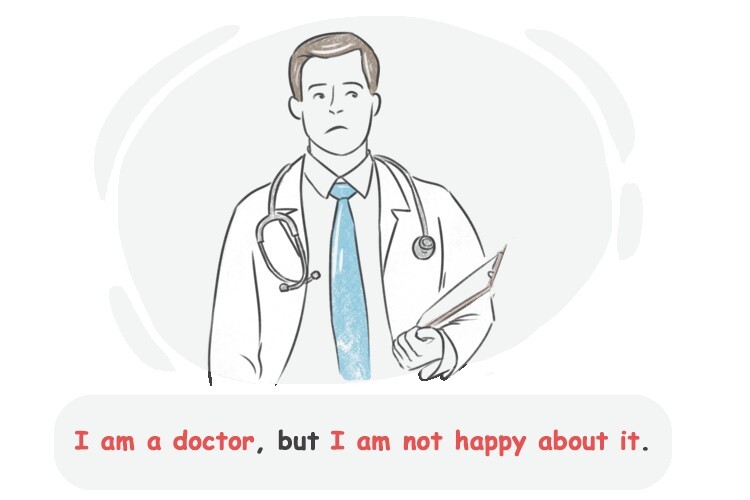Independent Clauses
Independent clauses can stay alone and they are used as a whole meaningful sentence. In this lesson, we will learn about them.

What Are Independent Clauses?
Independent clauses are groups of words that contain a subject and a verbs and express a complete thought. They are also known as main clauses because they can stand alone as a sentence and do not require any additional information to be grammatically correct. Independent clauses can be simple sentences consisting of just one subject and one verb, or they can be complex sentences with multiple subjects, verbs, and phrases.
Independent Clauses: Types
Independent clauses can form different types of sentences. Check them on the list:
Simple Sentences
Simple sentences are made up of only one independent clause. Here is an example:
I am a doctor.
Compound Sentences
Compound sentences are made up of two independent clauses joined together with a coordinating conjunction. Here is an example:
I am a doctor, but I am not happy about it.
Complex Sentences
Complex sentences are made up of an independent clause followed by at least one dependent clause. They are joined by a subordinating conjunction. Here is an example:
I will call you
Compound-Complex Sentences
Complex-compound sentences are made up of at least two independent clauses and one dependent clause. Here is an example:
Hanna cried
Sentences Vs. Independent Clauses
Each independent clause is considered a sentence, but not all sentences are independent clauses. An independent clause is made of a subject and verb but a sentence can be made up of more than one clause. Pay attention to the examples:
This is not the problem.
An independent clause which is a sentence on its own.
Those animals were safe
A sentence with a dependent and independent clause
Independent Clauses: Formation
Independent clauses start with a subject followed by a predicate. The subject can be a noun, noun phrase, or pronoun. A predicate consists of a verb and states something about the subject. Check out the examples:
In this example, 'she' is the subject and 'made a cup of coffee' is the predicate.
How to Connect Two Independent Clauses?
There are different ways for connecting two independent clauses, inlcuding:
- using coordinating conjunctions
- using semicolon
- using a comma and a semicolon with conjunctive adverbs
Using Coordinating Conjunctions
There are seven coordinating conjunctions that are used to connect two independent clauses. Check them out on the list:
- and
- but
- for
- or
- nor
- yet
- so
When we use a coordinating conjunction to connect two independent clauses, we have to use a comma before it. Consider the examples:
I was waiting for her,
You have made up your mind,
Warning
Remember, coordinating conjunctions can sometimes be subordinating conjunctions. Among these seven coordinating conjunctions 'so' is used as both coordinating and subordinating conjunctions. For example:
She was angry,
I am studying really hard
Using Semicolons
Semicolons (
I was not ready to go abroad; I decided to go anyway.
I found her; she was playing with the kids in the garden.
Using a Comma and a Semicolon with Conjunctive Adverbs
You can use a semicolon before a conjunctive adverb and a comma after it (semicolon (;) + conjunctive adverb + comma (,)) to link two independent clauses to each other. Here are the most common conjunctive adverbs:
- accordingly, consequently, therefore, thus
- however, nevertheless, otherwise, still
- then, besides, furthermore, moreover
Check out the examples for more clarification:
I was tired;
I called John;
What Is a Comma Splice?
A comma splice is when you link two independent clauses to each other using only a comma which is grammatically incorrect. To avoid this problem add a coordinating conjunction after the comma. Check out the examples:
✗She was cute, she behaved nicely.
✓She was cute,
Review
Independent clauses can stand alone as a meaningful sentence. Here are the parts of an independent clause:
- subject
- predicate
